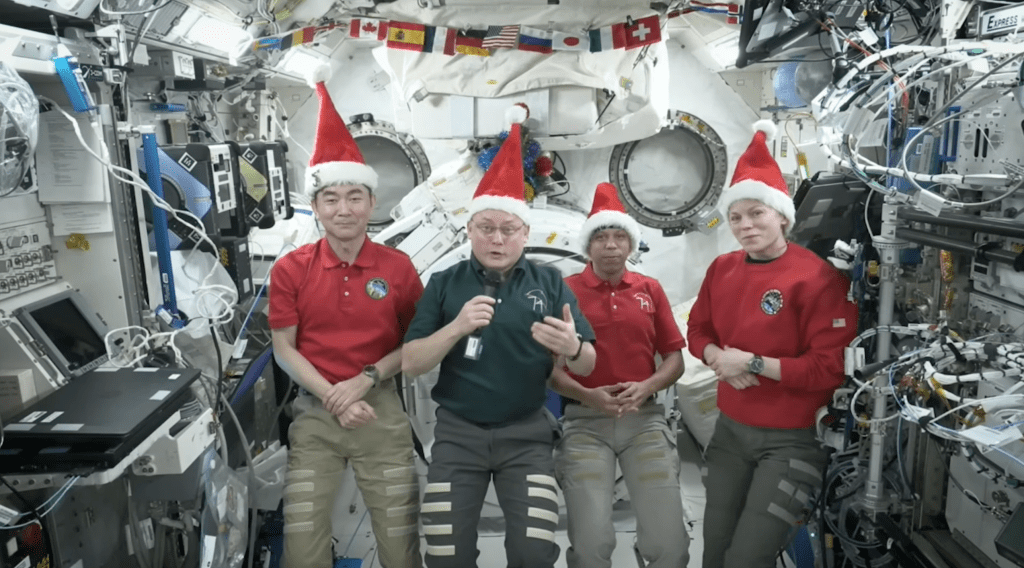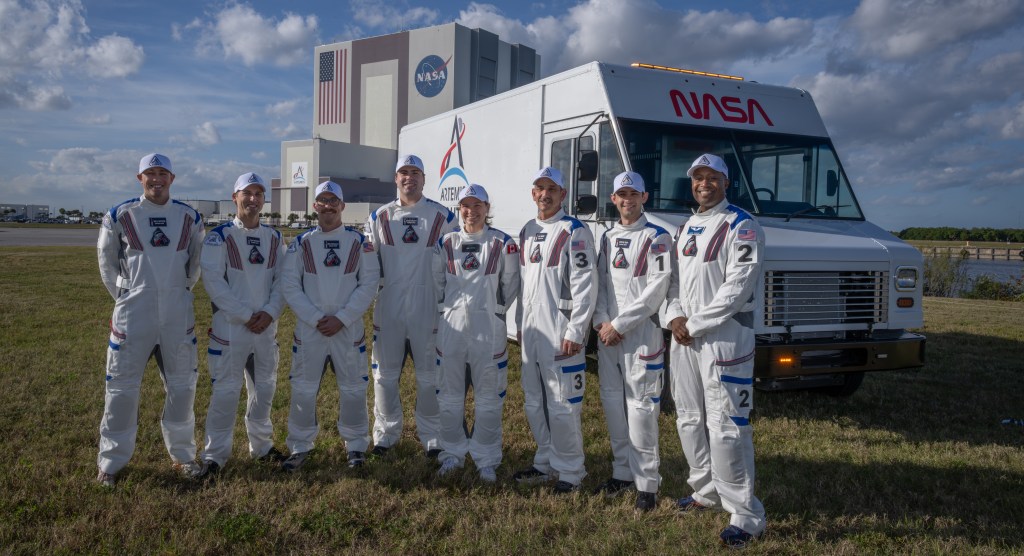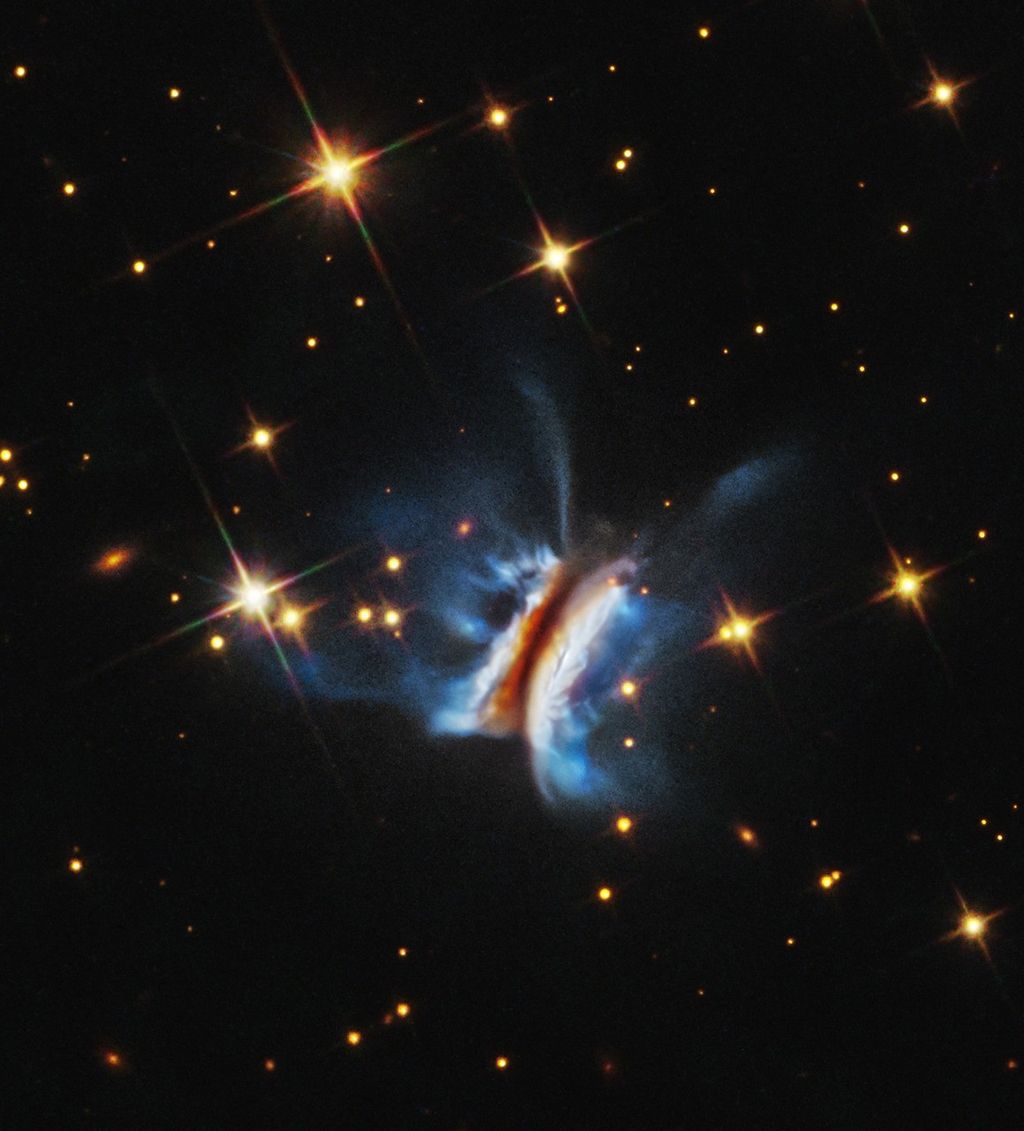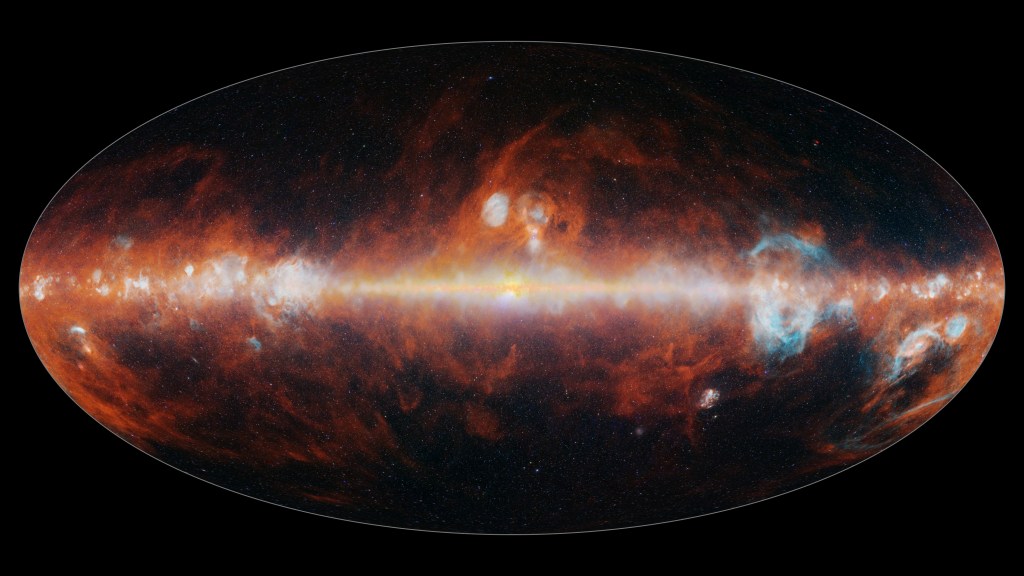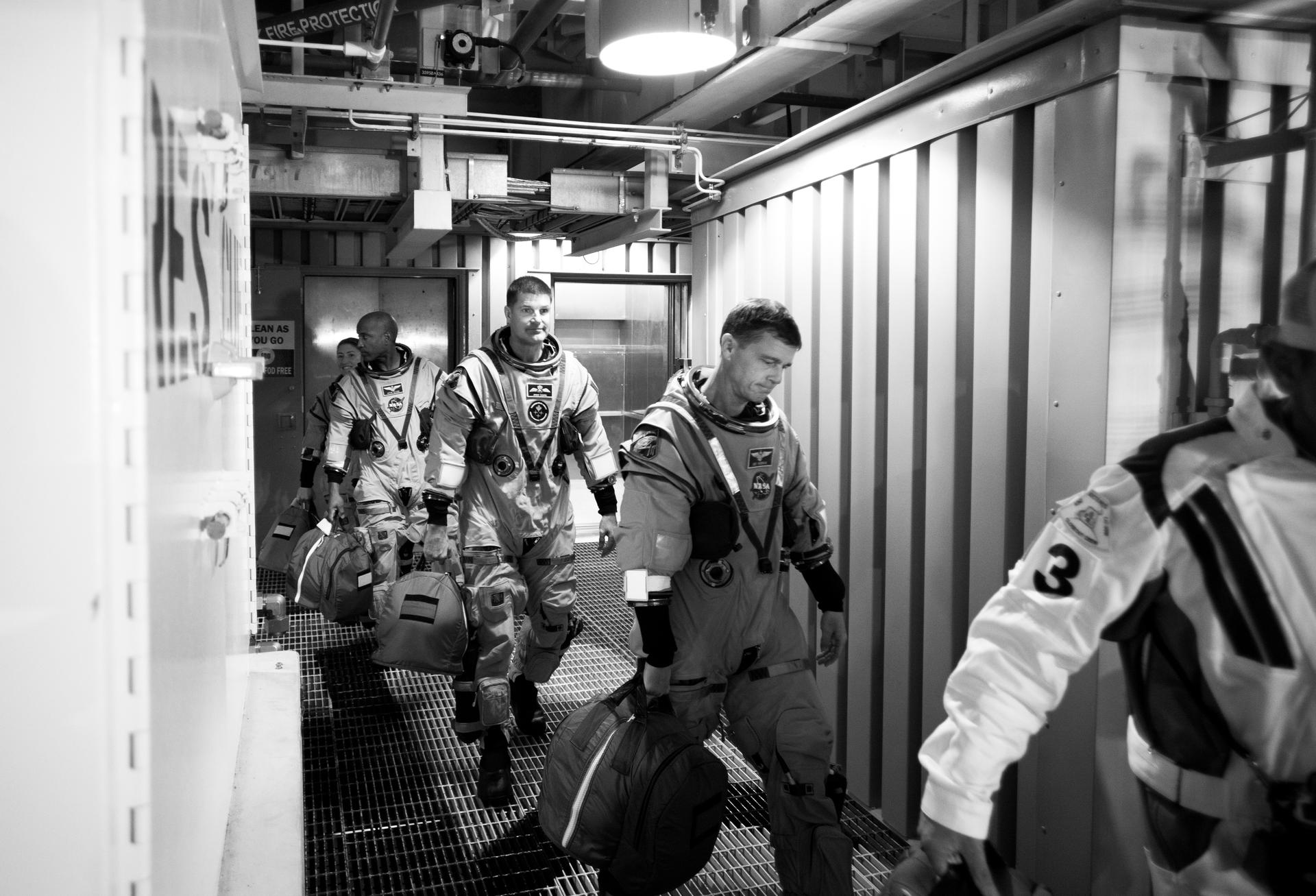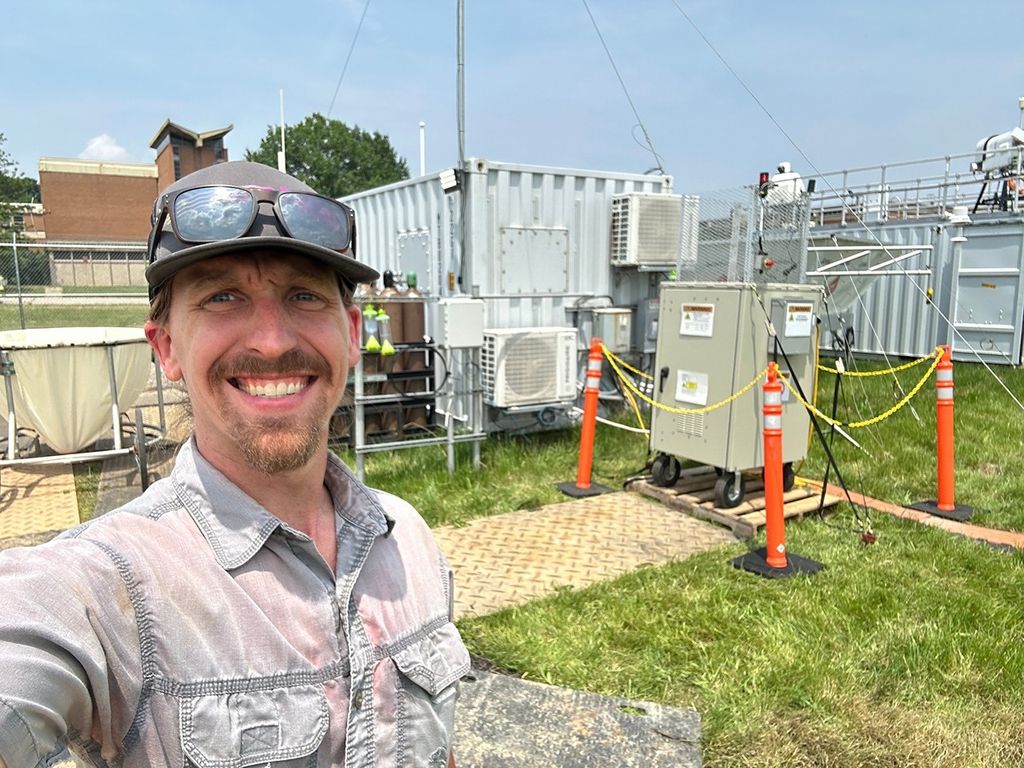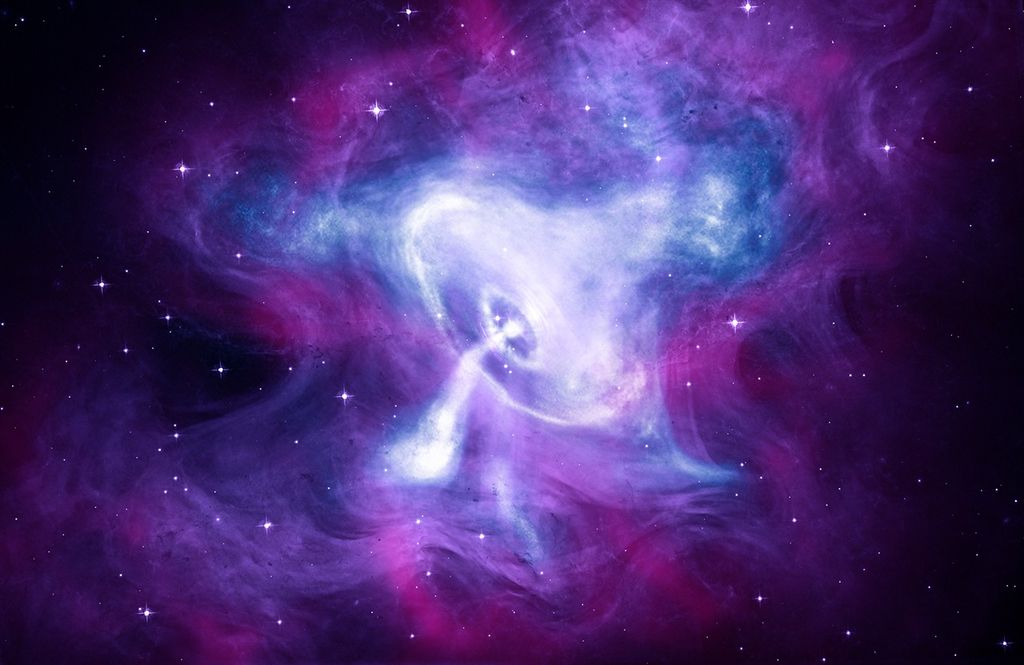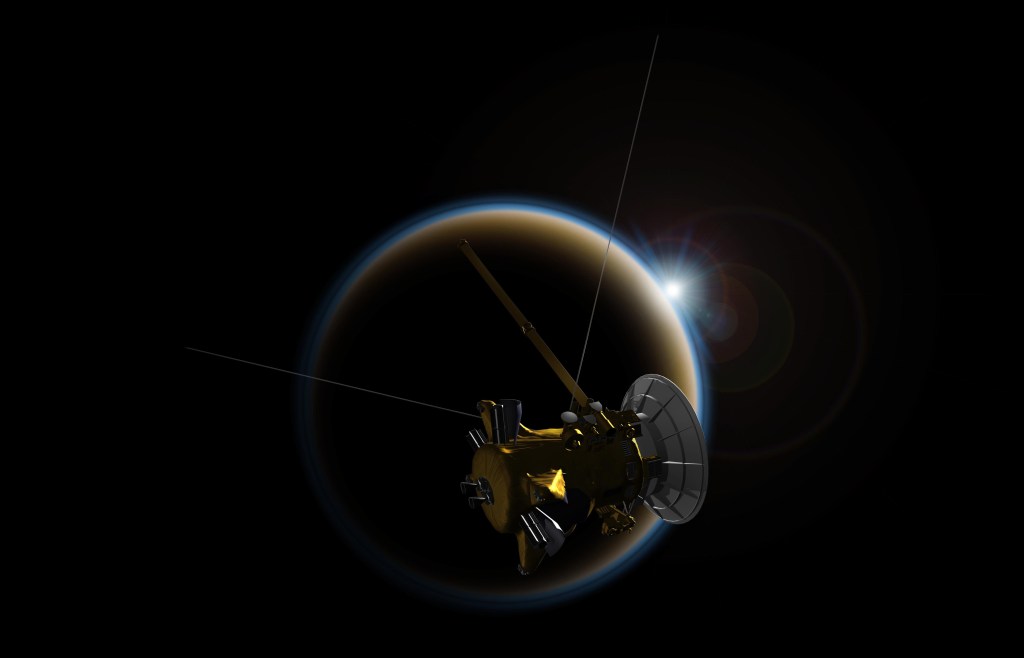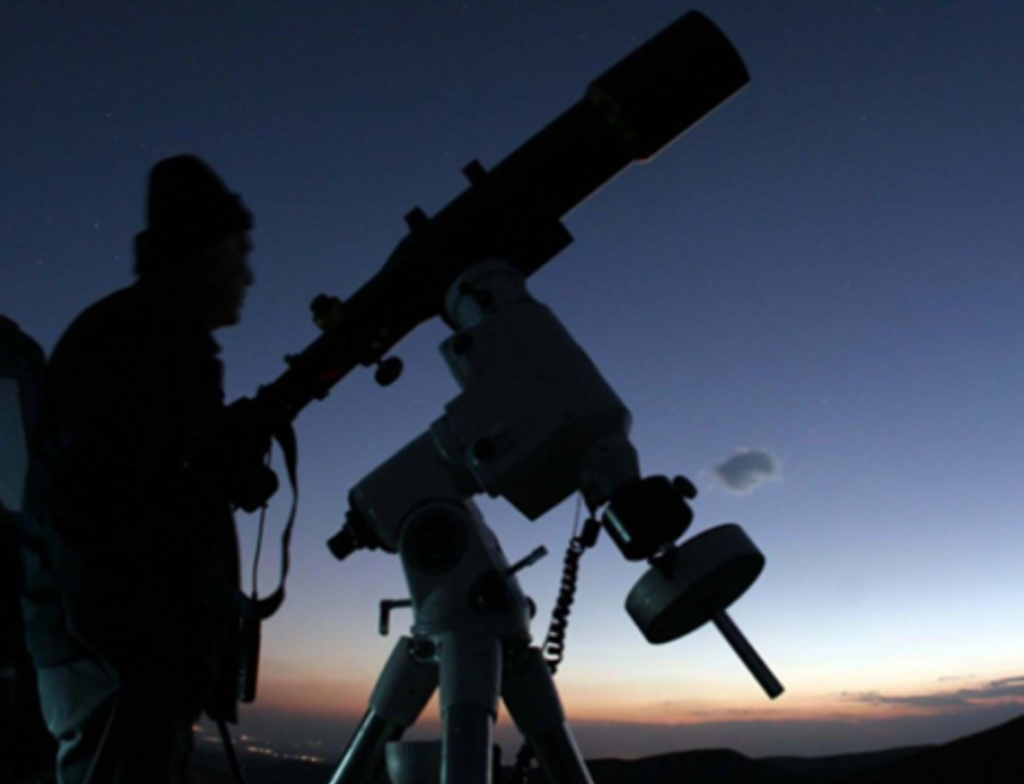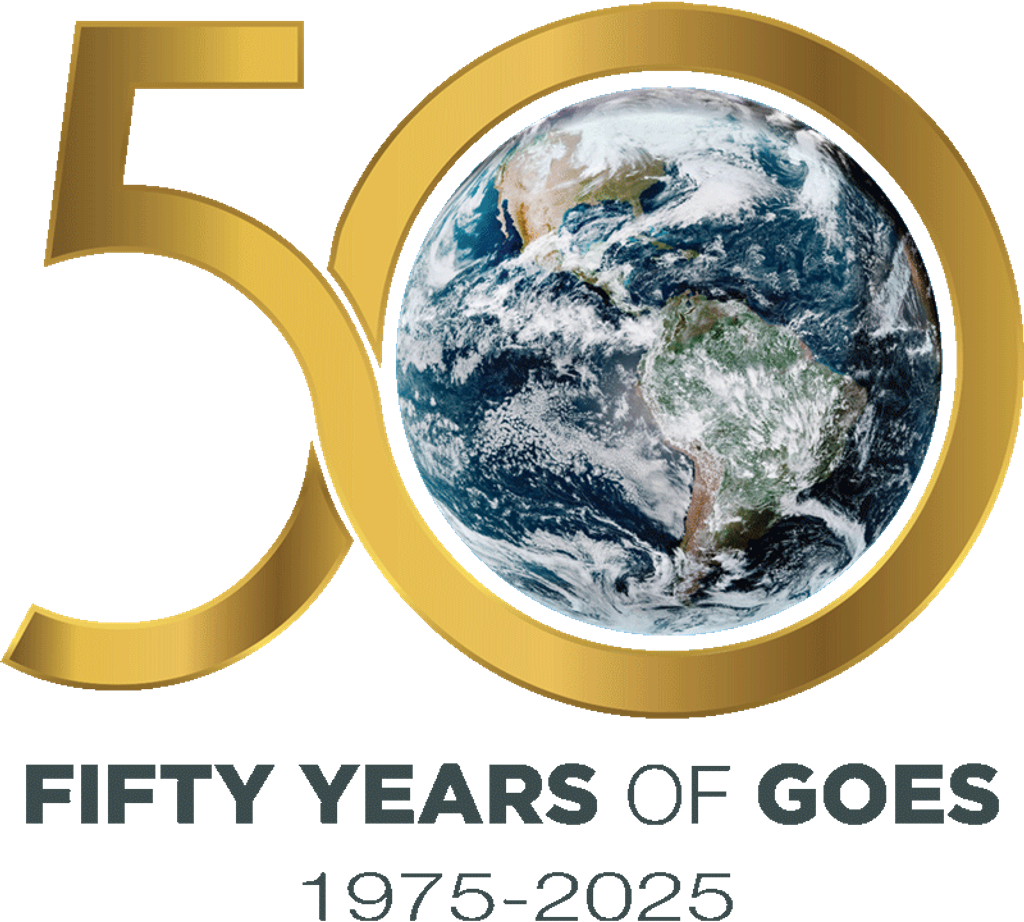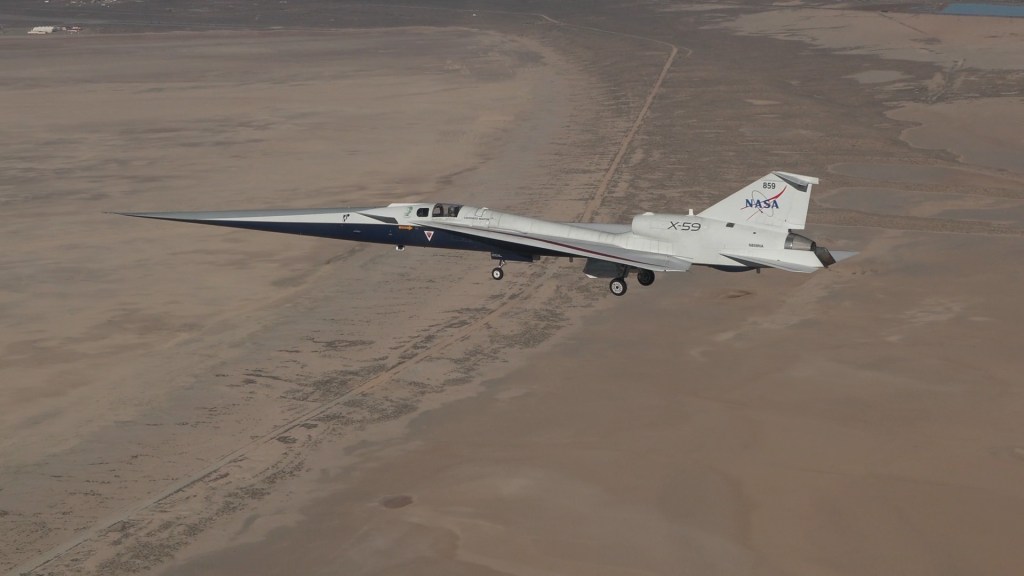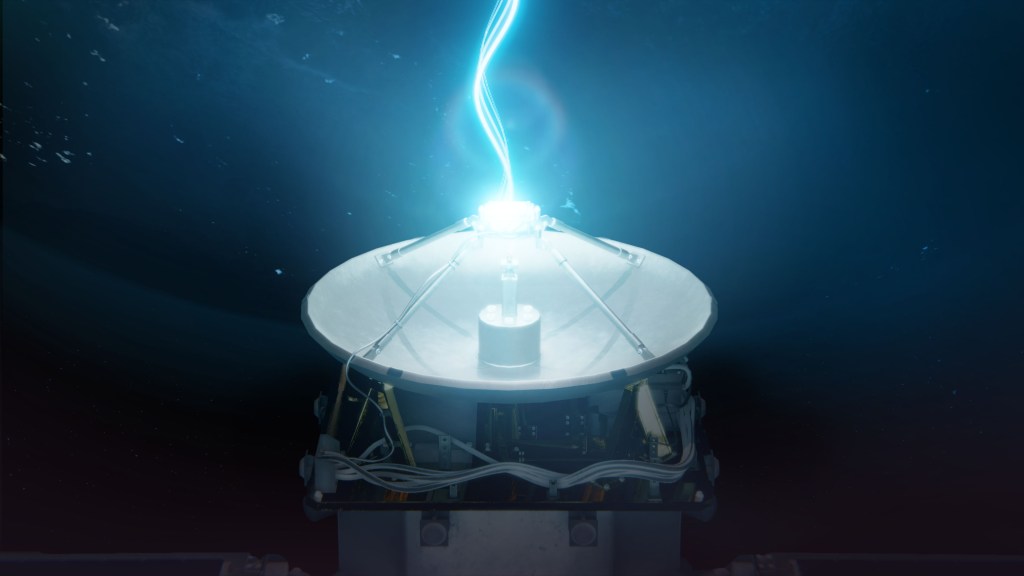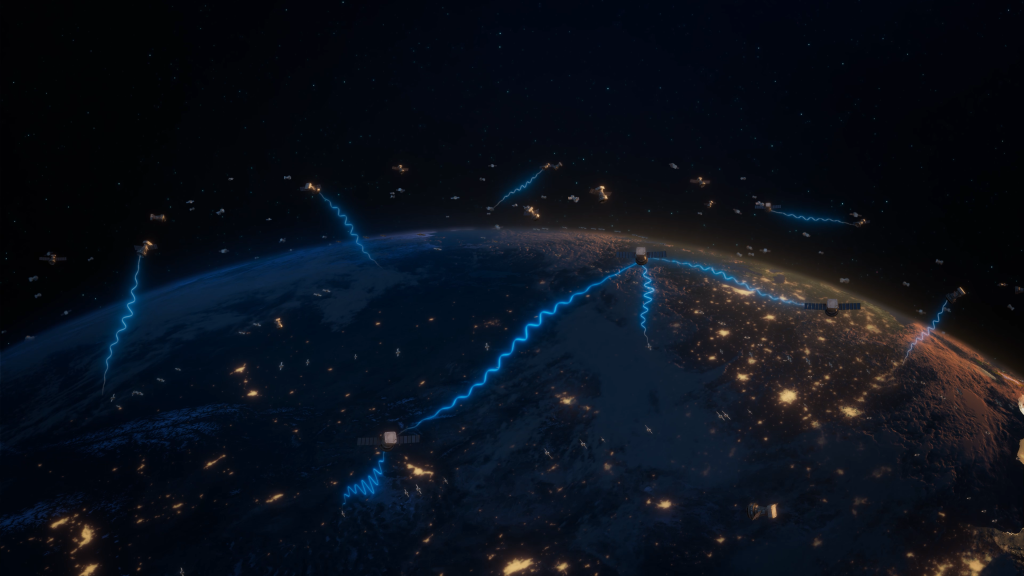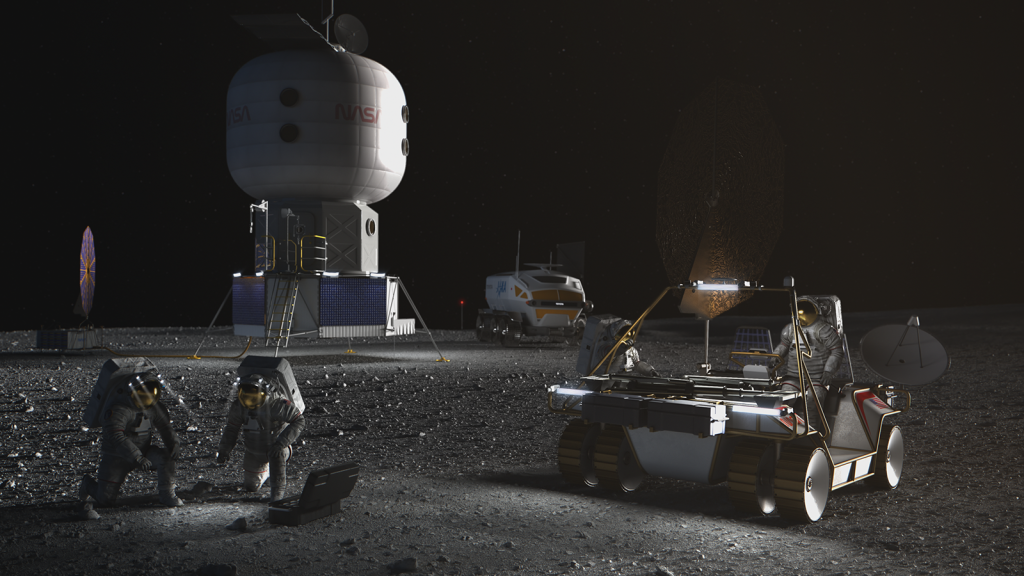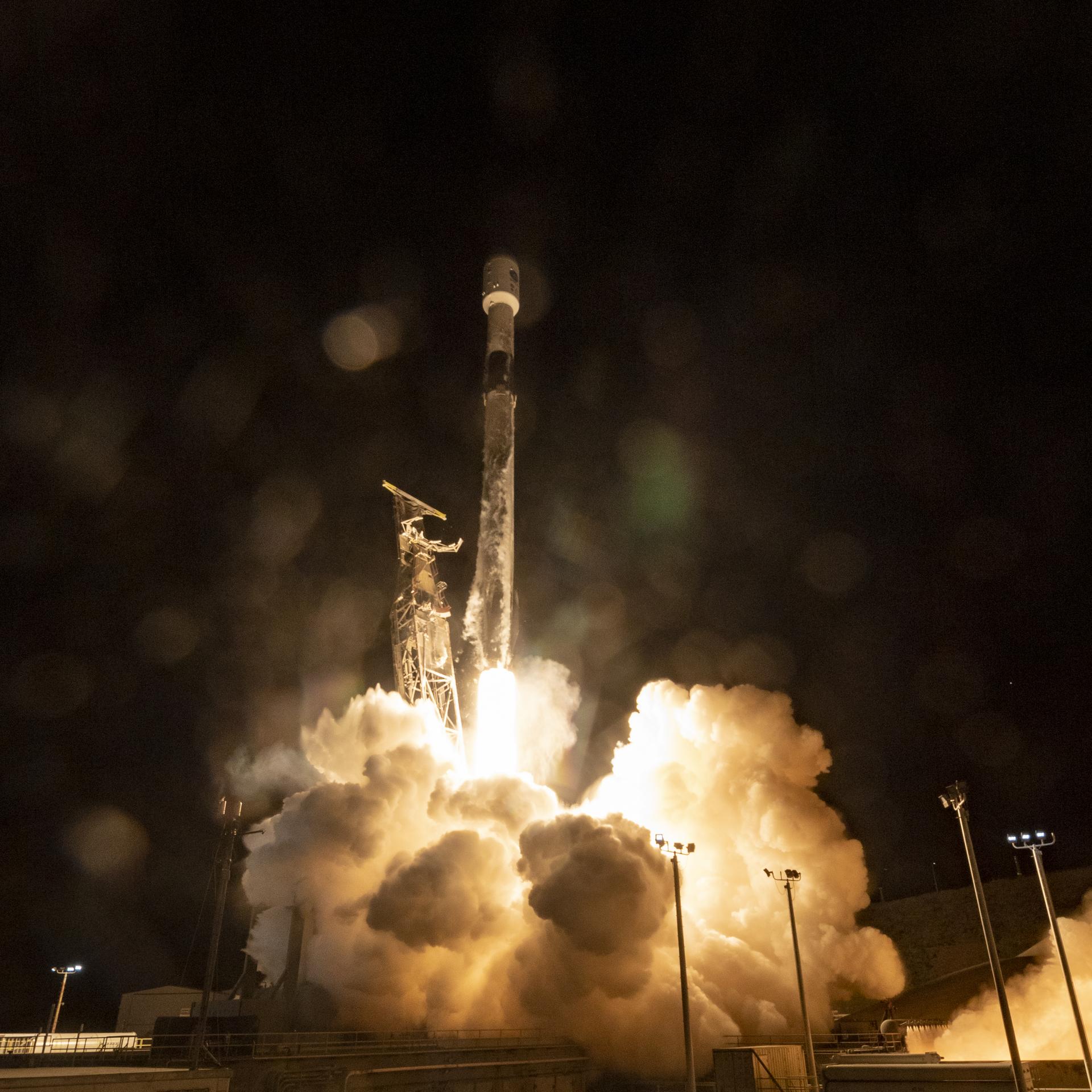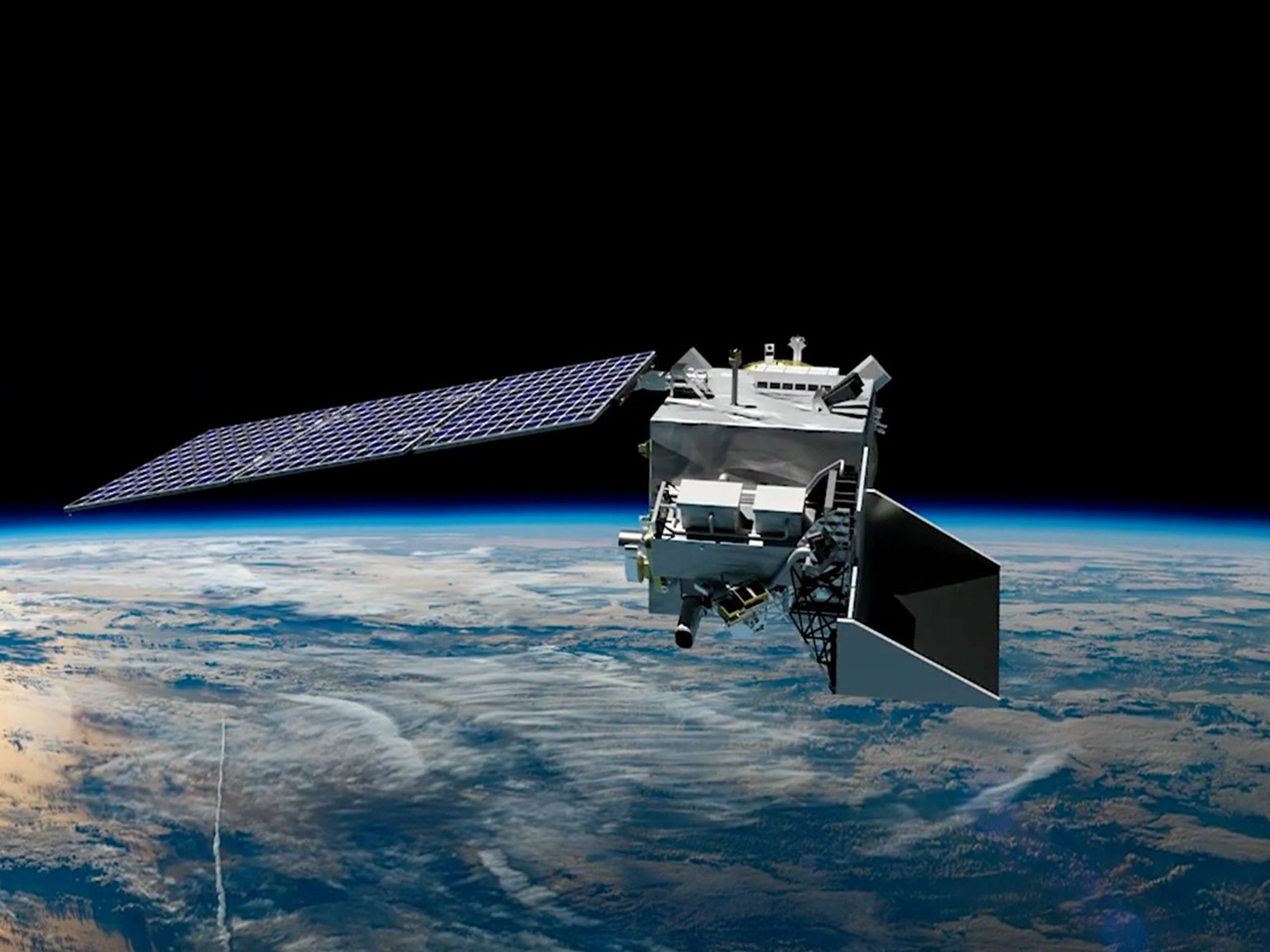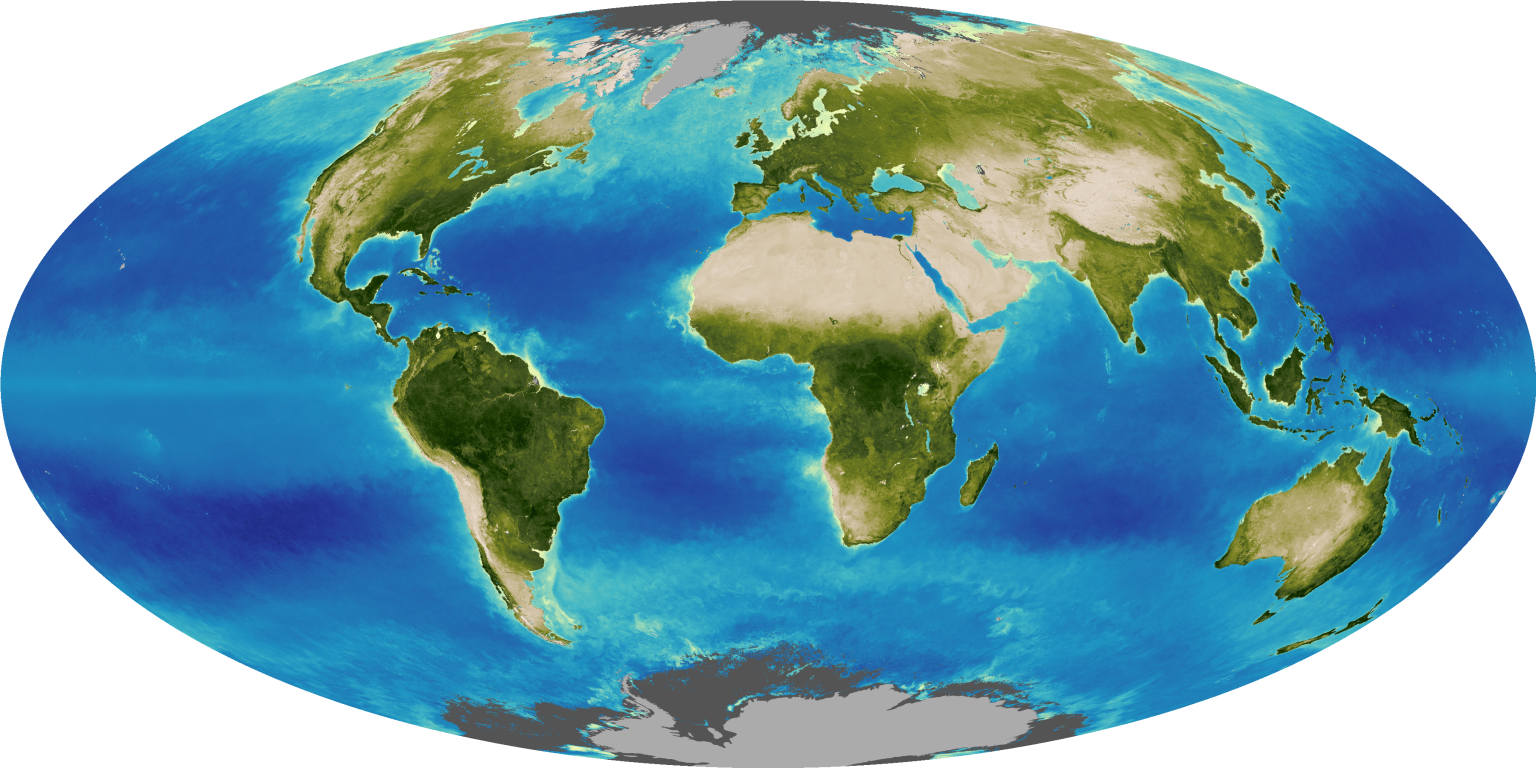A-Train News
Announcements
2024, Aqua and Aura Slowly Drift from A-Train
As of January 2024, both Aqua and Aura continue to collect science data; however, they have slowly drifted out of the constellation. Due to fuel limitations, Aqua completed the last of its drag makeup maneuvers in December 2021 and is now in a free-drift mode, slowly descending below the A-Train and drifting to later equatorial crossing times, and lower altitudes. Aura completed its final inclination adjustment maneuver in April 2023 to save remaining fuel. Consequently, Aura is slowly drifting over time. The final drag make-up maneuver was performed in January 2023, so Aura will slowly begin losing altitude, but only a few kilometers by the end of the mission. The possible temporal evolution of Aura’s drift is <15 min through late-2024, ˜30 min by mid-2025, and less an hour by mid-2026.
2023, C-Train Ceased Operations
CALIPSO and CloudSat ceased operations in 2023, ending the C-Train. CALIPSO ended its scientific mission August 1, 2023, after 17 years of operation. The final CALIPSO spacecraft passivation activities were successfully completed on December 15, 2023. Following the passivation of CALIPSO, CNES confirmed that there was no signal from the spacecraft during two ground contacts in Canada and French Guiana. With no more communication, CALIPSO is now decommissioned. CloudSat radar operations ceased on December 20, 2023, bringing to an end a rich 17 year and 8 month history of science observations.
2018, Establishing the C-Train
CloudSat and CALIPSO have taken simultaneous measurements within seconds of each other since they launched together in April 2006. However, on February 22, 2018, CloudSat exited the A-Train following the loss of one of its reaction wheels. CloudSat resumed taking data in the Daytime-Only Operations (DO-Op) mode from a “C-Train” orbit located 16.5 km (~10 mi) below the A-Train on May 7, 2018. Following science recommendation, the decision was made for CALIPSO to join CloudSat in the “C-Train” orbit to resume the joint CALIPSO/CloudSat measurement record. CALIPSO exited the A-Train on September 13, 2018 and joined CloudSat in orbit on September 20, 2018.
Since CALIPSO experiences about twice as much drag as CloudSat, CloudSat will conduct periodic orbit lower maneuvers to maintain a 100s along-track offset with respect to CALIPSO. This positioning will be maintained within about ±8.5 seconds, or about 4km of ground track offset, from CALIPSO.
While the orbits of the A-Train and C-Train follow slightly different ground tracks due to differences in altitude, the two constellation tracks intersect each other about every 20 days. This allows simultaneous A-Train/C-Train instrument measurements on a regular basis.
The Final Member Joins the A-Train
NASA’s Orbiting Carbon Observatory-2 (OCO-2), launched on July 2, 2014, was the final member to join the Afternoon Constellation, or A-Train. The spacecraft is positioned at the front of the A-Train, flying in a sun-synchronous orbit that over flies the ground track of the CloudSat radar and CALIPSO lidar.
GCOM-W1 Successfully Enters the A-Train
The Afternoon Constellation or “A-Train” welcomed a new member on June 29, 2012 — the Global Change Observation Mission–Water (GCOM-W1) “SHIZUKU” satellite — which was launched by the Japan Aerospace Exploration Agency (JAXA) on May 18. SHIZUKU successfully executed a series of orbit control maneuvers required to position itself in its control box. It is now positioned in front of Aqua, making it the lead satellite in the constellation. On July 3, 2012, the antenna rotation on the Advanced Microwave Scanning Radiometer 2 (AMSR2), on SHIZUKU, was increased from a rate of 11 rpm to 40 rpm and it is not acquiring observation data.

